California Leads The Way For Tiny Houses
California leads the way for affordable housing solutions and for the legalization of tiny houses as back yard ADUs.
California State ADU Laws
California Adopts Appendix Q Tiny Houses
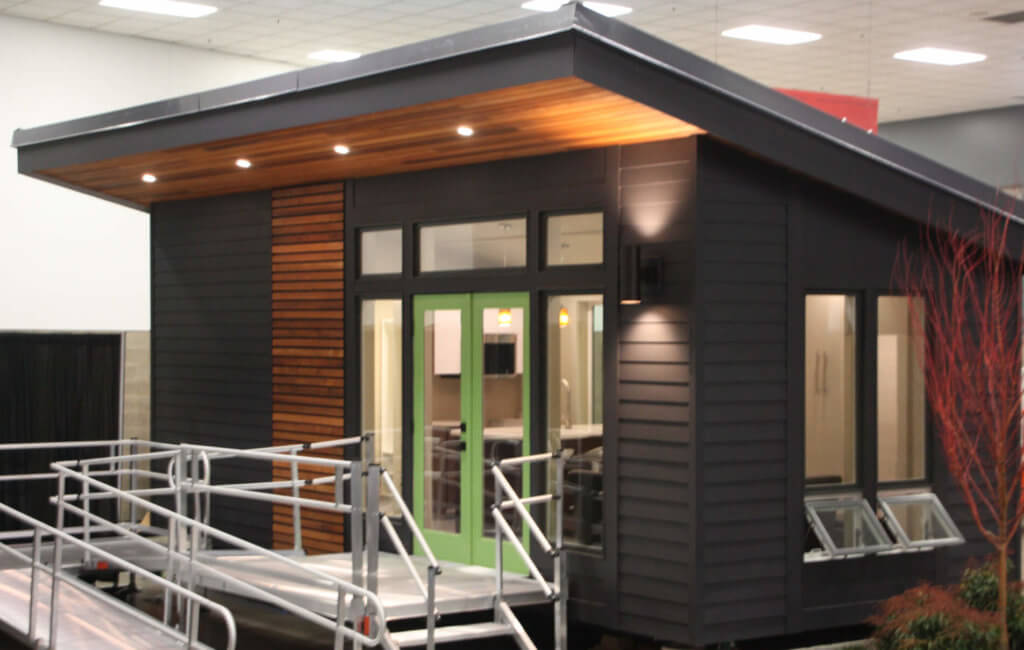
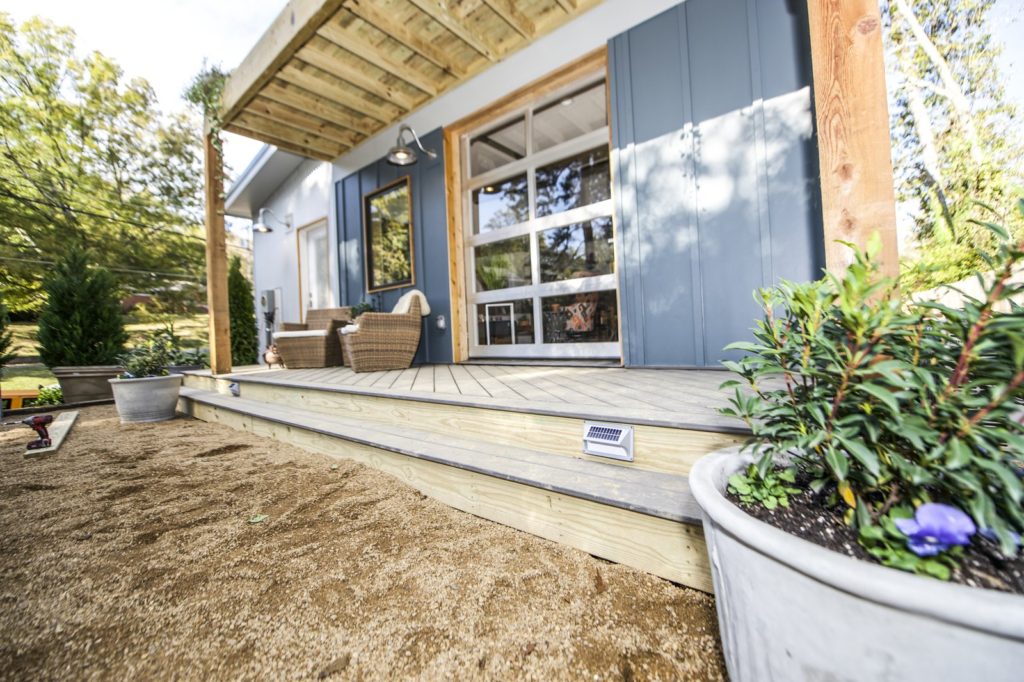
Requires All Cities To Create ADU Incentives
Mandatory Statewide
California implemented new state-mandated ADU laws on Jan. 1st, 2020. The California Health and Safety Code (HSC), Section 65583(c)(7), requires that cities and counties develop a plan that incentivizes and promotes the creation of ADUs that can be offered at affordable rent for very-low to moderate-income households.
What Are The Benefits?
ADUs are an affordable type of home to construct in California because they do not require paying for land, major new infrastructure, structured parking, or elevators.
ADUs can provide a source of income for homeowners.
ADUs are an affordable type of home to construct in California because they do not require paying for land, major new infrastructure, structured parking, or elevators.
ADUs can provide a source of income for homeowners.
ADUs are built with cost-effective wood frame construction, which is significantly less costly than homes in new multifamily infill buildings.
ADUs allow extended families to be near one another while maintaining privacy.
ADUs can provide as much living space as many newly-built apartments and condominiums, and they’re suited well for couples, small families, friends, young people, and seniors.
ADUs give homeowners the flexibility to share independent living areas with family members and others, allowing seniors to age in place as they require more care.
Appendix Q Tiny Houses was approved for inclusion in the 2018 International Residential Code.
The International Residential Code is a comprehensive, stand alone residential code that creates minimum regulations for one-and two family dwellings of three stories or less.
The IRC brings together all building, plumbing, mechanical, fuel, gas, energy and electrical for provisions for one-and two-family residences. Appendix Q was adopted to the IRC building code standards through the ICC Code Developement Process.
Jurisdictions may use Appendix Q as a model code to adopt, reference or amend. Builders or even jurisdictions that have not adopted the 2018 IRC or the Appendix, can seek approval ”on a project basis through the alternative materials and designs provision” in the IRC.-David Eisenberg, co-author of The Strawbale House Book.
HCDCAGov
Fresno: First In The Nation
Tiny Houses In Sonoma County
San Luis Obispo
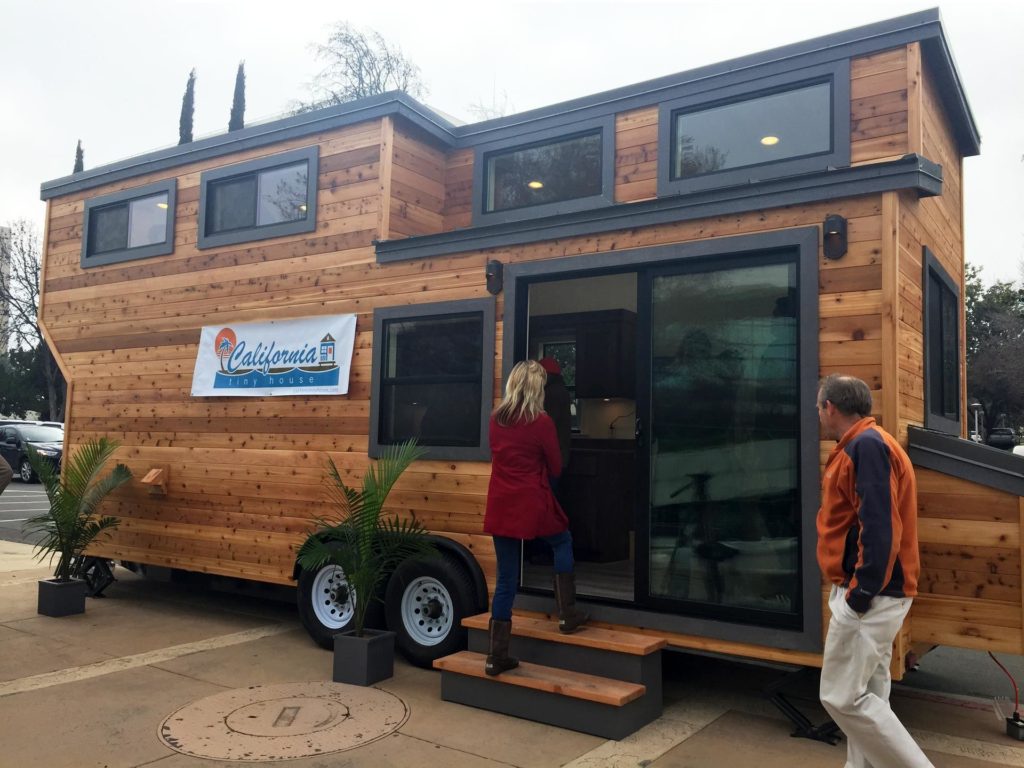
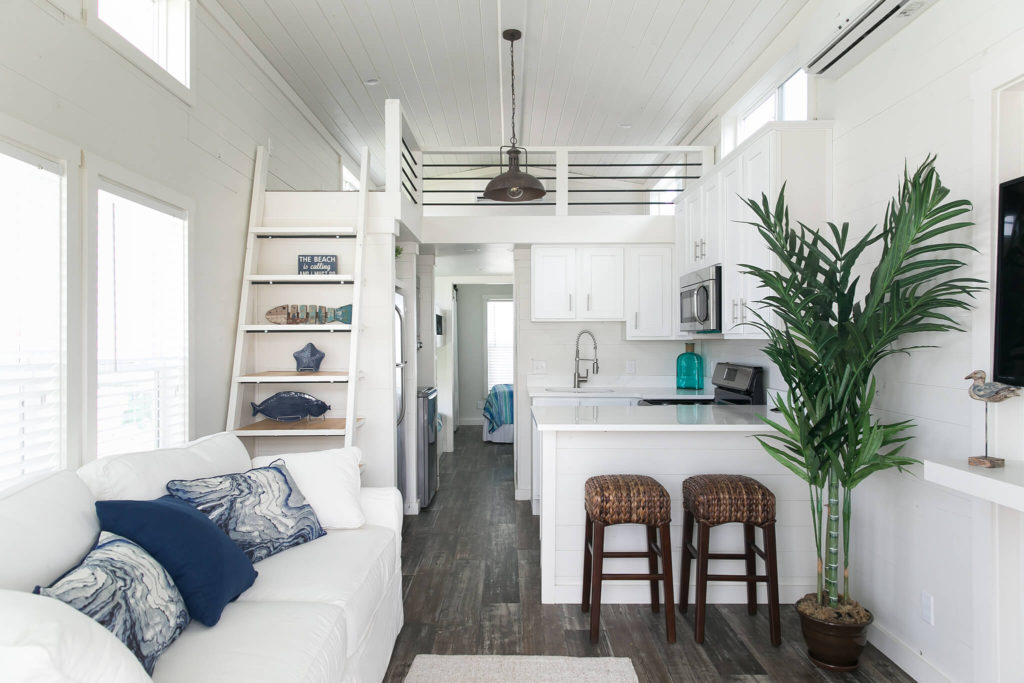

Back Yard ADUs
Back Yard ADUs
Back Yard ADUs
A Tiny Home is a structure intended for separate, independent living quarters for one household that meets these six conditions:
1.Is licensed and registered with the California Department of Motor Vehicles and meets ANSI119.2 or 119.5 requirements;
2.Is tow-able by a bumper hitch, frame-towing hitch, or fifth-wheel connection. Cannot (and isdesigned not to) move under its own power. When sited on a parcel per requirements of thisCode, the wheels and undercarriage shall be skirted;
3.Is no larger than allowed by California State Law for movement on public highways;
4.Has at least 100 square feet of first floor interior living space
;5.Is a detached self-contained unit which includes basic functional areas that support normal daily routines such as cooking, sleeping, and toiletry; and
6: Is designed and built to look like a conventional building structure
Many property owners are interested in using tiny houses or tiny homes to house themselves or to rent out. Small homes can provide much-needed cost-effective and energy-efficient housing, and can be a creative solution to the current housing crisis.
But before you buy a tiny house yourself, be sure that you ask the right questions. There is no industry standard definition of a tiny house. The term is used to describe a variety of dwelling types, and the permitting and inspection requirements differ for each type of tiny house. Here are some terms to get you started:
Stick-built/site-constructed homes: A small home constructed entirely at the building site
Manufactured houses (commonly referred to as mobile homes): Homes built in a factory mounted on a non-removable steel chassis or frame
Factory-built houses (commonly referred to as modular homes): Factory-constructed homes that are transported to a permanent location for installation on a foundation
Recreation Vehicles: Travel trailers, motor homes, park model homes, truck campers, camping trailers, or any other housing on wheels
The Community Development Department recently updated its Zoning Regulations which included provisions for Tiny Homes on Wheels in the backyard of on a site with an owner-occupied single-family residence. A single-family residence (Single-Unit Dwelling) is defined as a dwelling unit designed for occupancy by one household which is not attached to or located on a lot with commercial uses or other dwelling units.
Tiny Homes on Wheels are also referred to as Recreational Vehicles (RV) according to the California Department of Housing and Community Development (HCD), and is required to receive certification from the American National Standards Institute (ANSI) and registration by the Department of Motor Vehicles (DMV).
To apply for a Tiny Home on Wheels in your backyard, a Director’s Action Permit will be required and may be submitted after March 7, 2019, see links below;
Tiny Home on Wheels Application Checklist
A Tiny Home on Wheels shall not have its wheels removed, all wheels and leveling/support jacks shall sit on a concrete, paved, or compacted gravel surface sufficient to support its weight. Tiny Homes with wheels removed and placed on a foundation are defined as a Dwelling Unit, or Accessory Dwelling Unit (ADU), subject to additional requirements and California Building Code.
San Diego Movable Tiny House Bulletin
Placer And Nevada County Regulations Of Tiny Houses
LA Allows Movable Tiny Houses As ADUs
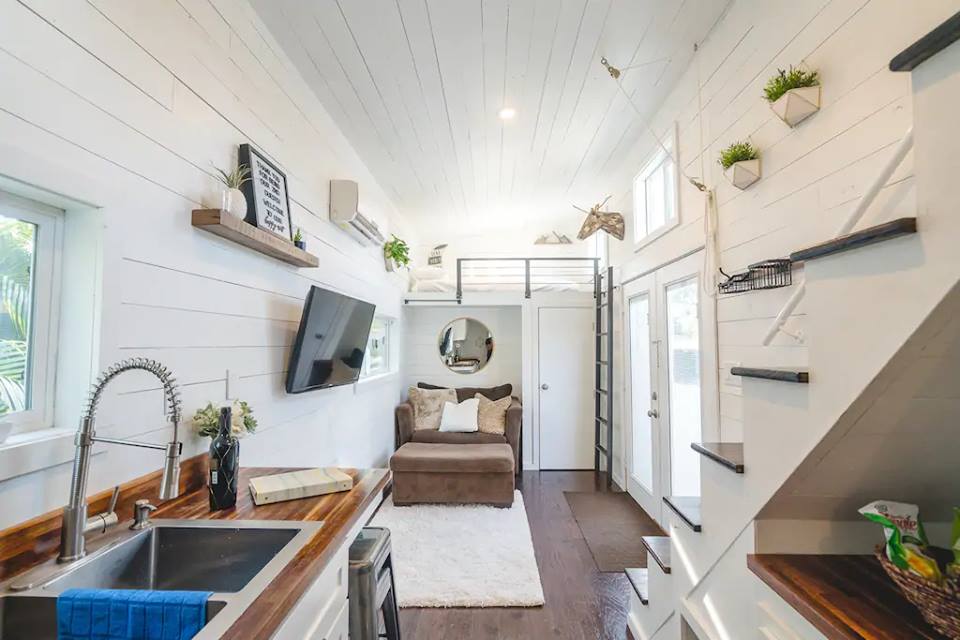
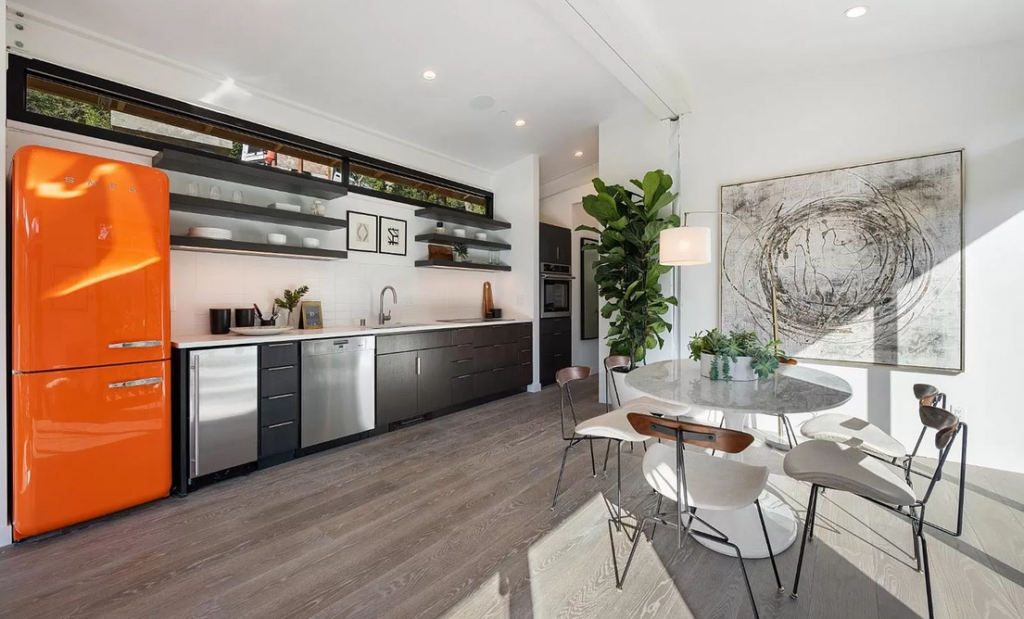
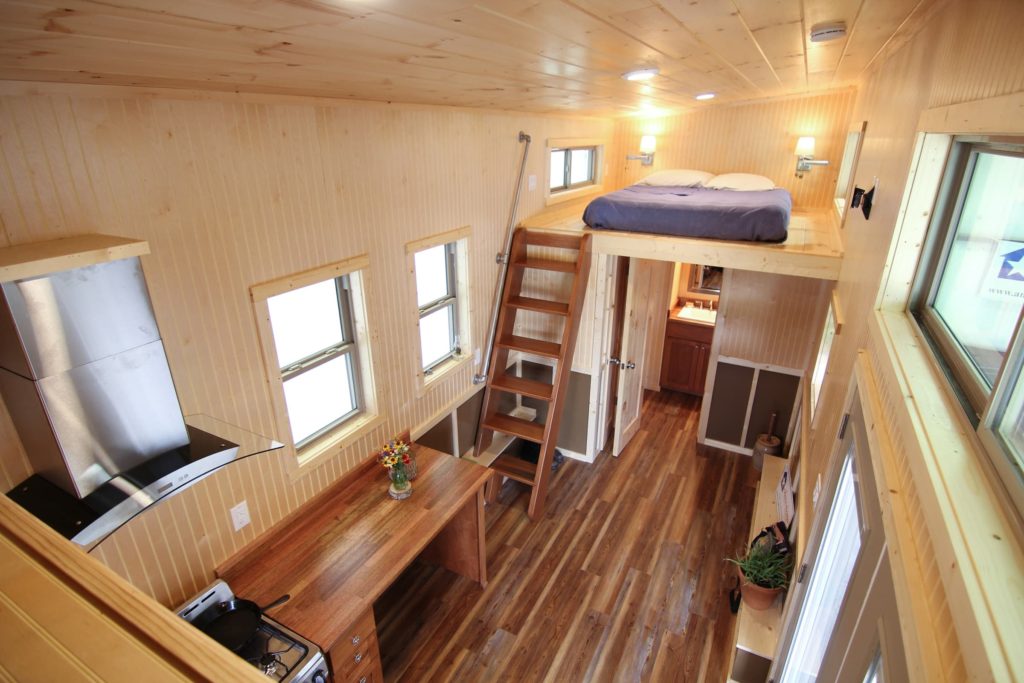
Back Yard ADUs
Including The Town Of Truckee
Back Yard ADUs
San Diego, California-A Movable Tiny House is a manufactured and transportable accessory structure on a residential lot that provides living facilities for one or more persons, independent of the primary dwelling unit, which includes permanent provisions for living, sleeping, eating, cooking, and sanitation.
A Movable Tiny House constructed to comply as relocatable manufactured housing pursuant to Title 25, California Code of Regulations and Title 24, Code of Federal Regulations shall comply with the Building Standards in those respective regulations and with regulations for Movable Tiny Houses found in SDMC Ch. 14, Article 01, Division 3.
San Diego Movable Tiny House Ordinance
Placer and Nevada County have created a Tiny House Sheet by the Mountain Housing Council. The town of Truckee is also included.
The Tiny House Sheet Addresses tiny houses on a foundation and ADUs. Tiny homes on wheels are allowed in RV and Mobile Home Parks.
Placer County Accessory Dwelling Units
The state of California recognizes accessory dwelling units (ADUs) as an innovative and affordable way to create a more substantial housing supply for California. Now it is easier than ever for people to build an ADU! Legislators approved six laws to reduce barriers to building ADUs. These include allowing ADUs and JADUs to be built concurrently with a single-family dwelling, expanding the allowable zoning districts for ADUs to include all areas that allow single-family and multifamily uses, modifying fees from utilities and reductions in parking requirements.
As of January 01, 2020, all local ordinances regarding Secondary Dwelling Units are no longer applicable until the ordinances are complicit with current State law. Furthermore, homeowner associations (HOAs and CC&Rs) are also limited in their ability to restrict the construction of ADUs. Any governing document is void and unenforceable to the extent that it prohibits, or effectively prohibits, the construction or use of ADUs or junior ADUs.
The City’s Accessory Dwelling Unit Ordinance (Ord. 186,481) was adopted on December 11, 2019, and became effective on December 19, 2019.
Among additional matters, it added the Los Angeles Municipal Code (LAMC) Section 12.22A.33. This new section of the LAMC includes local development standards and requirements for ADUs, Junior Accessory Dwelling Units (JADUs), and Movable Tiny Houses (MTHs) in Government Code (GC) Sections 65852.2 and 65852.22.
A Moveable Tiny House is an enclosed space intended for separate, independent living quarters of one family and meets all of the following:
- Is licensed and registered with the California Department of Motor Vehicles;
- Meets the American National Standards Institute (ANSI) 119.5 requirements or the National Fire Protection Association (NFPA) 1192 standards, and is certified for ANSI or NFPA compliance. A 3rd party inspection agency (Design Approval Agency/Quality Assurance Agency) shall certify the MTH meets this requirement (List of approved 3rd party Design Approval Agencies (DAA) and Quality Assurance Agencies (QAA));
- Cannot move under its own power;
- Is no larger than allowed by California State Law for movement on public highways; and
- Is no smaller than 150 and larger than 430 square feet as measured within the exterior faces of the exterior walls.
LA Department Of Building Safety
Santa Clara
San Jose
Humbolt County
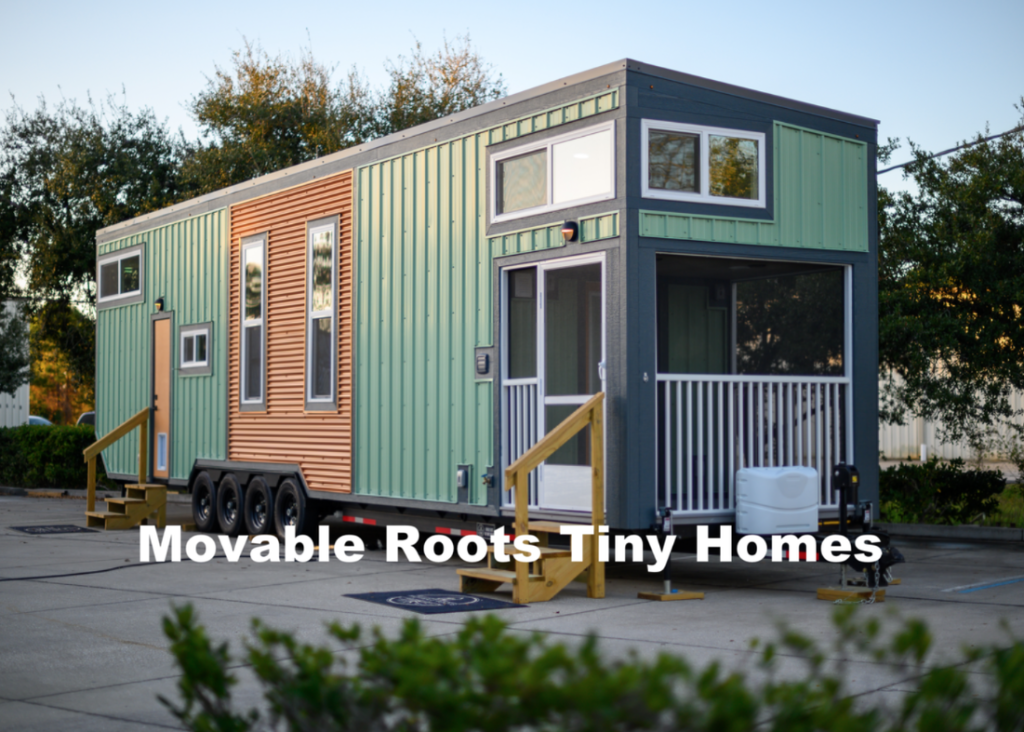
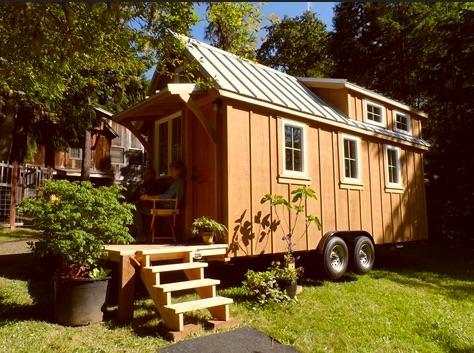
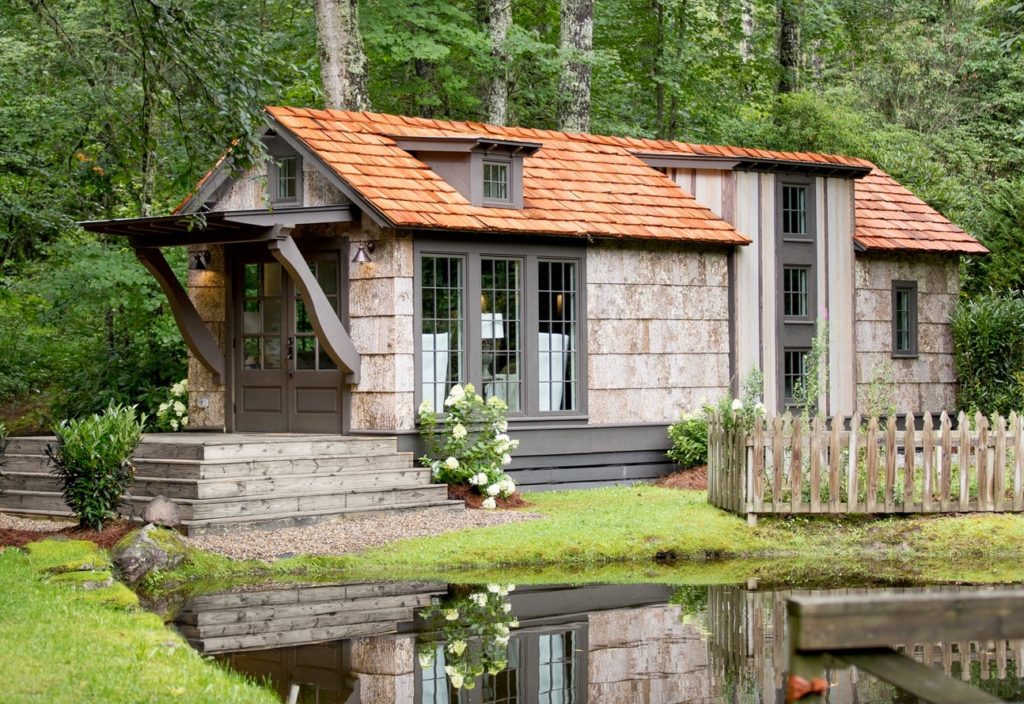
Back Yard ADUs
Back Yard ADUs
Back Yard ADUs
ORDINANCE NO. NS-1200.371 AN ORDINANCE OF THE BOARD OF SUPERVISORS OF THE COUNTY OF SANTA CLARA AMENDING APPENDIX I, ZONING, OF THE COUNTY OF SANTA CLARA ORDINANCE CODE TO MODIFY ACCESSORY DWELLING UNIT REGULATIONS.
This ordinance amends Appendix I, Zoning, of the County of Santa Clara Ordinance Code, to modify definitions, use classifications, and permitting requirements for accessory dwelling units and junior accessory dwelling units in accordance with recent amendments to state law, and allowing the use of movable tiny homes as accessory dwelling units.
Movable tiny home: A structure on wheels used for dwelling purposes that provides complete independent living facilities for one or more persons and is located on the same lot as the primary dwelling (single-family or multifamily) to which it is an accessory use. It includes permanent provisions for living, sleeping, eating, cooking, and sanitation on the same parcel as the primary dwelling to which it is accessory. It complies with all State of California requirements, is constructed in compliance with American National Standards Institute (ANSI) 119.5 standard, cannot move under its own power, is licensed and registered with the California Department of Motor Vehicles, is no larger than allowed by state law for movement on public highways, and has at least 100 square feet of enclosed space (see Sections 2.10.020 and 4.10.015).
Accessory dwelling units — also called ADUs, secondary units, or granny flats — are small living units, including a kitchen and bathroom, on properties zoned residential with a single-family home, duplex home, or multifamily building in place.
Junior Accessory Dwelling Units (JADUs) are small (less than 500 square feet) that must be converted to the existing square footage of a single-family home. JADU information and requirements can be found on the JADU Zoning Ordinance. Tiny homes on wheels (THOWs) are a type of ADU; they are allowed only on single-family properties and have different requirements and a simpler, lower-cost permit process.
Tiny Homes On Wheels Checklist
A tiny home on wheels (THOW) may be installed on a property with a single-family home, subject to complying with Zoning Code standards and obtaining a building permit. A THOW is considered a type of accessory dwelling unit (ADU), but it has different and specific requirements. This checklist pertains only to THOWs.
For information on other types of ADUs, please visit www.sanjoseca.gov/ADUs. Use this checklist to make sure your THOW project complies with the development standards of the City’s Zoning Code and as a guide to the permit process. To help avoid costly mistakes, homeowners and professionals providing services on installing the THOW should read this checklist before proceeding with the project. As stated in the Zoning Code (www.sanjoseca.gov/MunicipalCode, Section 20.30.495 and Section 20.200.327), the development standards for a THOW are provided in this checklist.
San Jose Tiny Homes On Wheels Permit Checklist
Humboldt County Board of Supervisors approved an ordinance to permit movable tiny homes as ADUs.
The vote was 4-1. Humboldt County becomes the second county in California, and the state’s first rural county, to permit movable tiny homes as habitable ADUs.
The Humboldt County Planning Commission reviewed the ADU ordinance and related amendments in a series of five public hearings, beginning in May and through July of 2020. At its July 23, 2020 meeting, a virtual meeting, the Commission recommended the following Drafts to the Board of Supervisors for adoption.
Inland Accessory Dwelling Unit Ordinance PC Recomm
Coastal Accessory Dwelling UnitOrdinance PC Recomm
Alternative Owner Builder Amendment PC Recomm
California City
City Of Clovis
Governor Signs 15 Bills
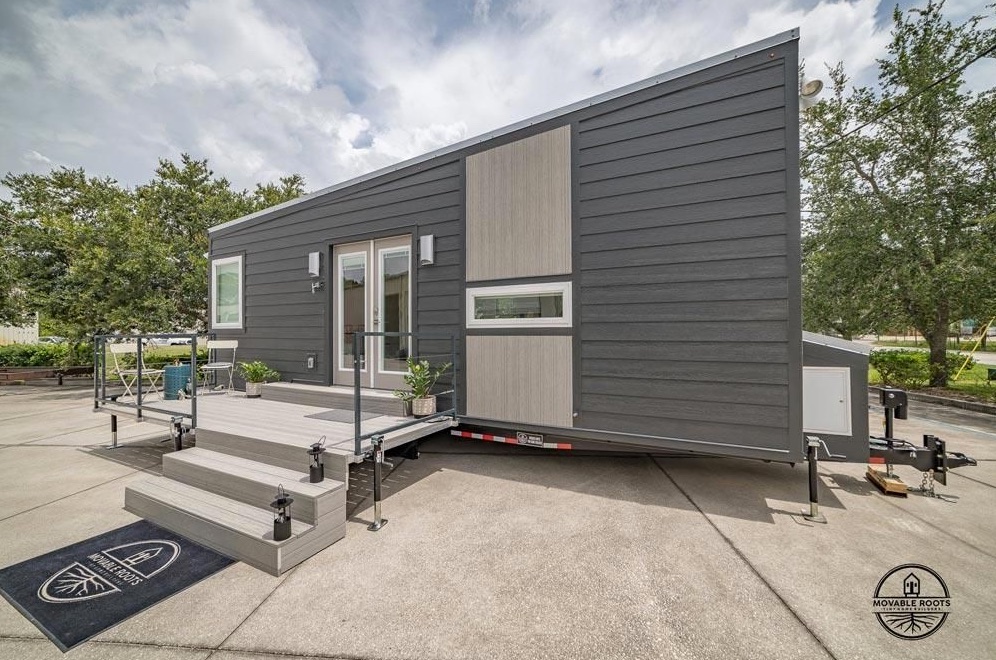
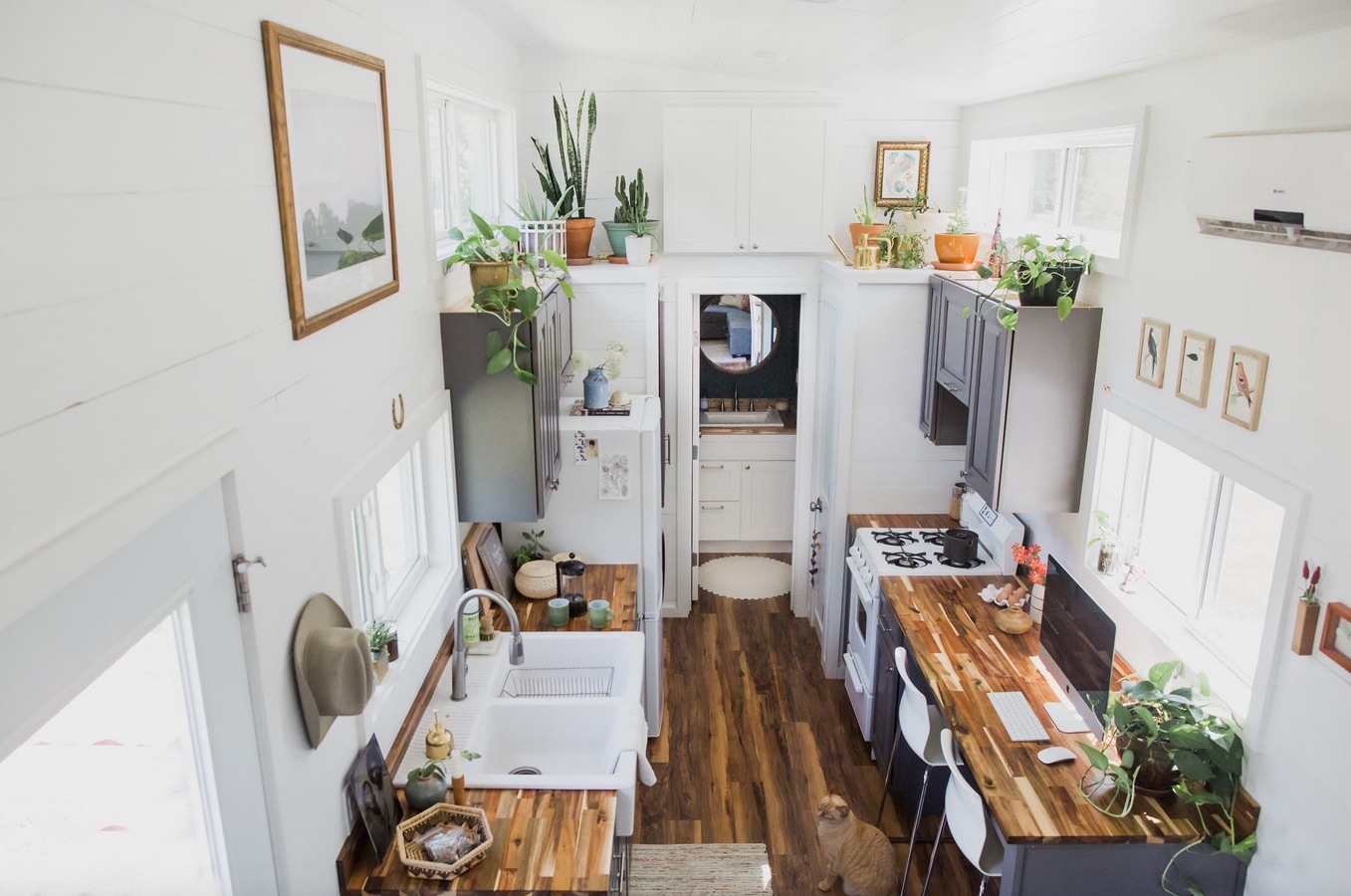
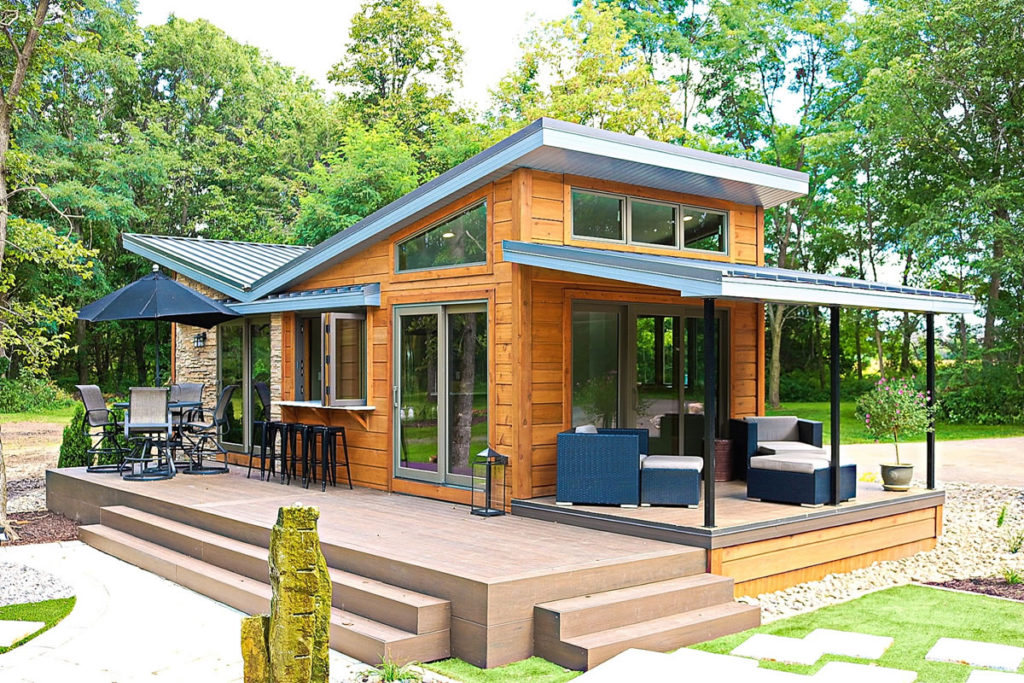
Adopts Tiny Home Zoning
Fees Waived-Free Plans
To Increase Production
The city council of California City, California adopted Ordinance NO. 20-779 at it’s second reading on August 11th, 2020. The vote was 4 to 1 and creates an overlay zone for tiny and small homes specified within the city.
The purpose of this ordinance is to further the goals of the city’s housing element to provide additional non-traditional housing opportunities in the city to stimulate the development of underutilized properties in the city.
California City Municipal Code was amended to add a new Article 24.5 titled Residential Small Homes Overlay Zone.
The Residential Small Home (R-SHO) Overlay Zone District is established to provide affordable housing options in specified tracts within the City by permitting homes smaller in size than the current City minimum square footage of 1200 square feet of living area and shall be used for independent living quarters, designed as a permanent, year-round residence.
In 2016, the city of Clovis, California, launched an initiative to transform underutilized alleyway space into “backyard cottages” as a unique solution to the Old Town neighborhood’s affordable housing crisis.
This year, the Cottage Home Program won an APA silver achievement award and is now expanding outside of Old Town Clovis to residents throughout the entire city.
The program offers three plan options to qualifying property owners free of charge.
Each cottage home measures less than 450 square feet and is designed to accommodate a variety of elevation levels and property configurations. The success of the first 10 completed cottage homes has revitalized the alleys in which they were built, created a unique pedestrian street environment, and provided one more path to relieving the city-wide housing crisis.
Governor signs 15 bills aimed at increasing housing production and tackling the state’s affordability crisis
Governor signs SB 1079 to provide new rights for tenants to buy homes facing foreclosure
Governor signs a package of bills to increase the incentives to build more housing for working families and to build more housing near transit
Builds on nation’s strongest statewide eviction protections from previously-signed AB 3088.
SACRAMENTO — Governor Gavin Newsom today signed legislation that will help California make significant progress on the state’s housing construction and equity goals. prevent millions of evictions and foreclosures for tenants and property owners who have suffered economic impacts from COVID-19.
“While the pandemic has dominated the news, millions of California families continue to struggle to afford housing – this is a crisis that never went away and this housing package will directly lead to more affordable opportunities for renters and homeowners,” said Governor Newsom. “I applaud the Legislature’s leaders on housing who continued to push for these important bills, and we all acknowledge more work remains to be done next year. I am committed to continuing to push the envelope on housing affordability and neighborhood inclusivity.”
Richmond
Santa Cruz
City Of Ojai


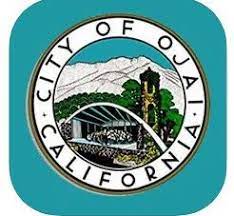
Tiny Houses Pilot Project
Approved
Ordinance 923
Richmond California amended chapter 9.40.015 of the Richmond Municipal Code entitled ” Tiny Houses On Wheels Pilot Project” ORDINANCE NO.07-19 N.S.and was approved by Mayor Tom Butt.
The ordinance was signed by Pamela Christian, the City Clerk of the City Of Richmond, and was created in answer to the growing homeless population in Richmond.
The Tiny Houses On Wheels Pilot Project has been extended to July 25th, 2021.
Santa Cruz Board Of Supervisors met on Jan. 26th, 2021 and unanimously approved to consider directing the Planning Department to explore a permitting process for Tiny Homes, including Movable Tiny Homes (MTH), Tiny Homes on Wheels (THOW), and Tiny Homes on Foundation (THOF), in the ADU Code Amendments as legal Accessory Dwelling Units (ADUs), as outlined in the memorandum of Supervisor Koenig and Supervisor McPherson.
1) Directed the Planning Department to explore a permitting process for Tiny Homes to include, but not be limited to, the addition of Tiny Homes within the County’s Accessory Dwelling Unit ordinance and/or the recognition of Tiny Homes as primary residences within a new standalone ordinance; and
Directed The Planning Department To Return On February 23th, 2021
2) Directed the Planning Department to return on February 23, 2021, with a proposed process and timeline for gathering input about the permitting of Tiny Homes from members of the public.
Dec. 1st, 2021
The Santa Cruz Planning is hosting virtual community meetings about TINY HOMES and they want to hear from YOU! Meetings will be Wednesday, December 1, Tuesday, December 7, and Thursday, December 9 from 6:00 – 7:30 PM.
Ordinance 923 Is A Limited Pilot Program For Moveable Tiny Houses As Accessory Dwelling Units signed on Nov 12, 2021 by Mayor, Betsy Stix.
SECTION 10. Limited Pilot Program. The City Council shall receive a report from the
City Manager and Community Development Director regarding the moveable tiny house
ordinance program within two years after the effective date of this Ordinance and shall consider
whether to modify the moveable tiny house program requirements, including whether to adjust
the numeric limits on the number of permanent moveable tiny house foundation permits issued per year.
AN ORDINANCE OF THE CITY COUNCIL OF THE CITY
OF OJAI, CALIFORNIA, AMENDING OJAI MUNICIPAL
CODE SECTION 10-2.1709 GOVERNING ACCESSORY
DWELLING UNITS TO ADD A NEW SUBSECTION (M)
ALLOWING AND REGULATING A LIMITED, PILOT
PROGRAM FOR MOVEABLE TINY HOUSES AS
ACCESSORY DWELLING UNITS AND FINDING THAT
THE ADOPTION OF THESE AMENDMENTS IS EXEMPT
FROM THE CALIFORNIA ENVIRONMENTAL QUALITY ACT.
Santa Cruz
Riverside
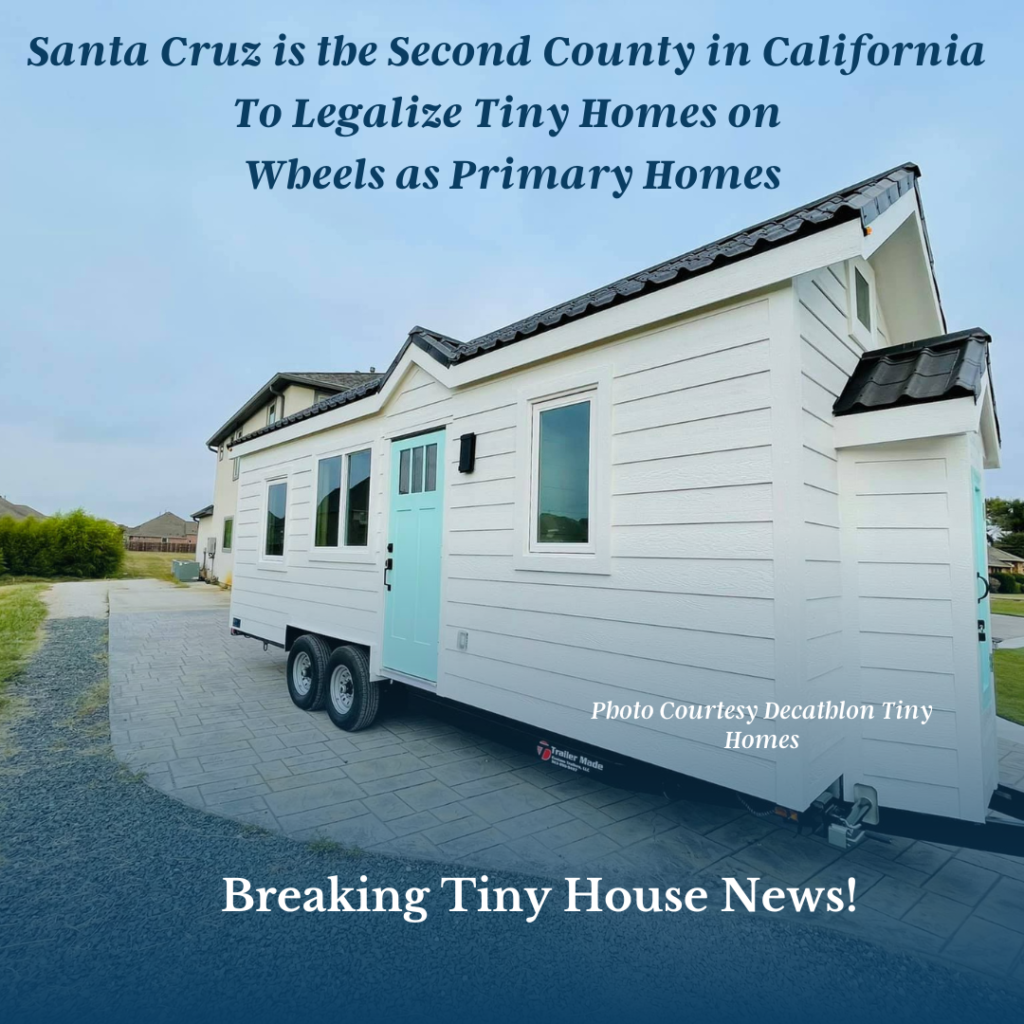
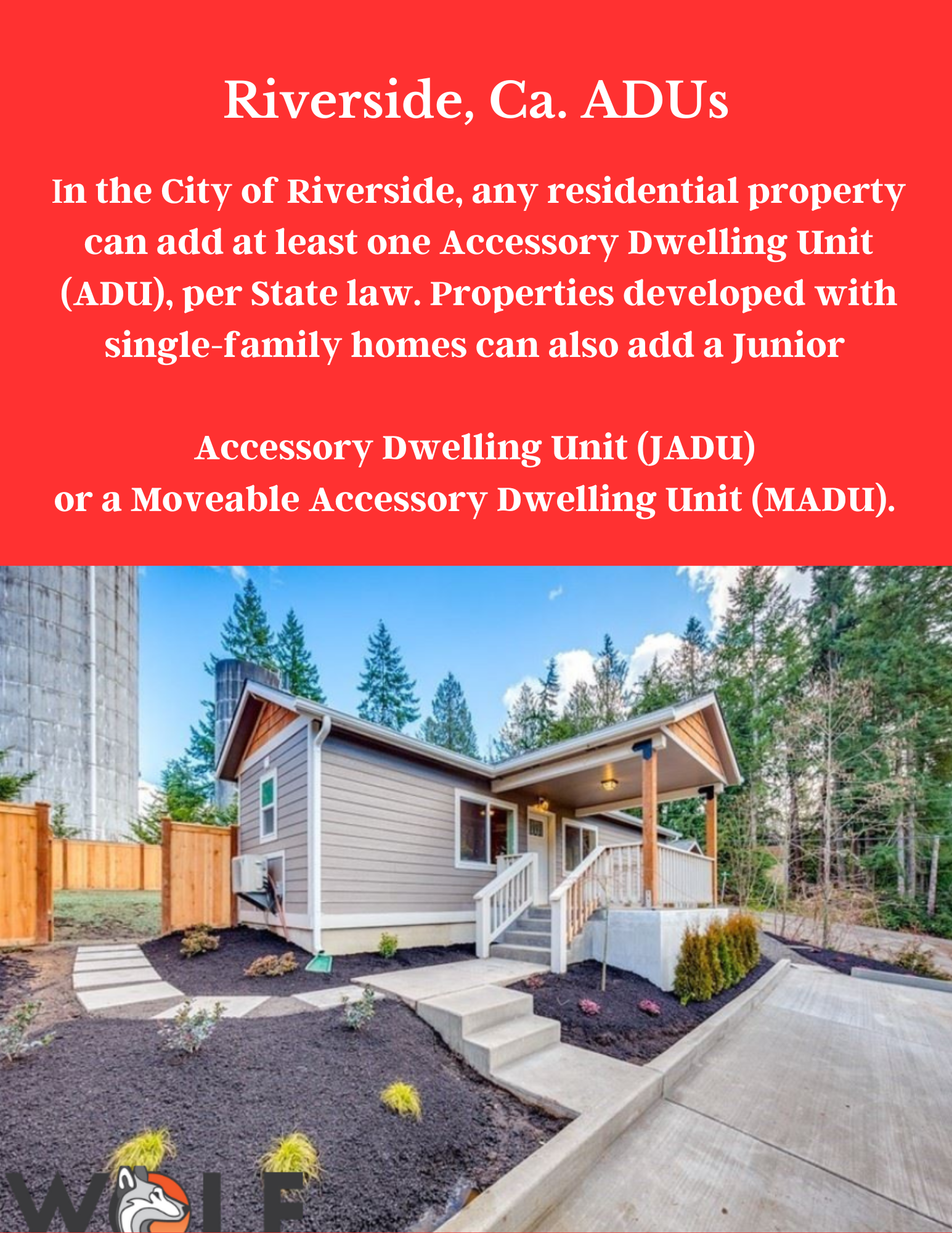
Santa Cruz County, CA, November 2022 – Santa Cruz County Supervisors led by First District Supervisor, Manu Koenig, unanimously passed SCCC 13.10.680 to legalize tiny homes on wheels as single-family dwellings to provide a lower cost housing option in the County, which is particularly needed by those who lost their homes in the CZU lightning fire in 2020. Making good on his campaign promise, Supervisor Koenig along with Supervisor McPherson shepherded the new ordinance through the arduous process of the many commissions, public hearings, staff research and reporting required to make a change in the County’s definition of housing. By defining a tiny house on wheels as a habitable independent dwelling,
People may now move a tiny house on wheels onto a residential property, and then live in it. This will save years off the usual process of building a house, obtaining many building permits, inspections, and costly utility hookup requirements. The new permits will be available via a “ministerial” process. This means that the county staff must grant a permit if the requirements are met. There is no opportunity for planning staff to delay or deny a permit application based on their opinions, which has been a major point of contention for other home builders.
In the City of Riverside, any residential property can add at least one Accessory Dwelling Unit (ADU), per State law. Properties developed with single-family homes can also add a Junior Accessory Dwelling Unit (JADU) or a Moveable Accessory Dwelling Unit (MADU).
What are Accessory Dwelling Units?
There are currently three types of ADUs permitted in the City of Riverside: ADUs, JADUs and MADUs.
An ADU, sometimes called a Second Dwelling, Auxiliary Dwelling Unit, Granny Flat, or Mother-in-Law’s Quarters, is a completely self-contained housing unit located on the same lot as another home, called the primary dwelling. ADUs have their own kitchen, bathroom, and living area. ADUs are considered accessory because they are typically smaller than the primary dwelling and are not considered the main use on the lot.
A JADU is similar to an ADU but is smaller and is usually converted from existing bedrooms or other living space in a primary dwelling. JADUs must have their own cooking facilities but unlike ADUs, JADUs may share a bathroom with the primary dwelling.
An MADU, sometimes called a Moveable Tiny Home, is a premanufactured independent living unit mounted on a chassis, licensed, and registered by the California DMV and is legal for movement on public highways, but not under its own power (i.e., a recreational vehicle).
Tiny House Alliance USA Editor
The Future Of Tiny Is Now!
Janet Thome Founder And President
janet@tinyhouseallianceusa.org
509 345 2013

